Projector
Monitor
Lighting
Digital Display
Job References
This site uses cookies. By continuing to browse the site you are agreeing to our use of cookies, you can also manage preferences.
This site uses cookies. By continuing to browse the site you are agreeing to our use of cookies, you can also manage preferences.
Projector
Monitor
Lighting
Digital Display
Job References
Projector
Monitor
Lighting
Digital Display
Job References
Knowledge Center Support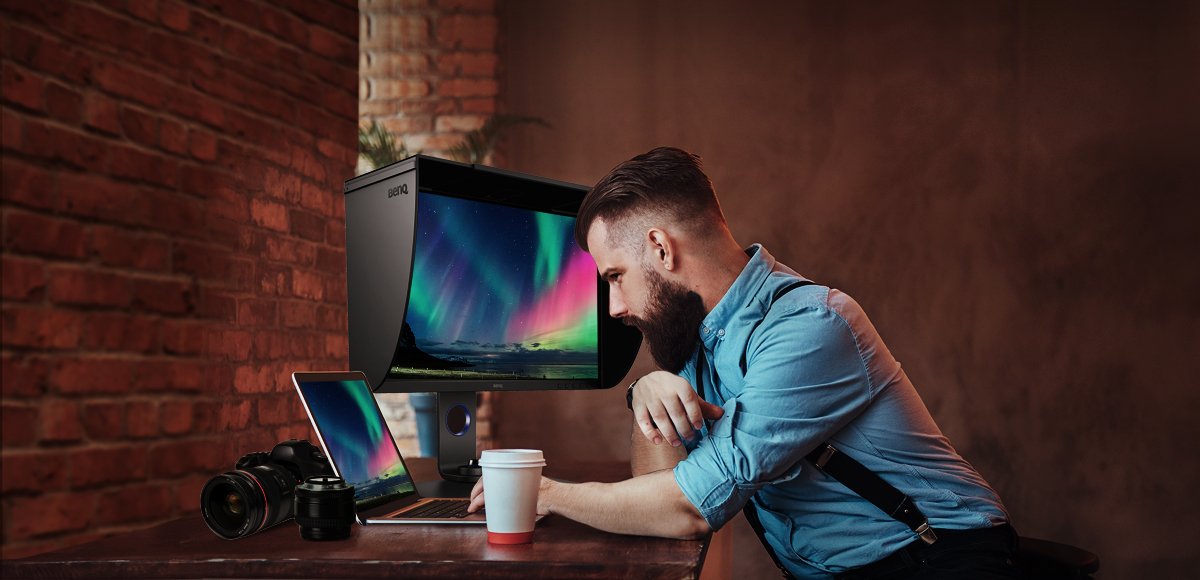
In today’s digital world, so much of our work depends on our digital displays. The quality of the digital display plays an indispensable role, especially for pros like photographers and designers who examine, edit, and communicate their work via onscreen images.
As the saying goes, “If a craftsman wants to do good work, he must first sharpen his tools.” Understanding how computer screens affect digital work is equally crucial. When working with a screen, frequent questions about uniformity come up very often: Why does the same image look different when placed in different parts of a screen?
The reason an image looks different on various parts of a screen is an issue with screen uniformity, involving color uniformity as well as brightness uniformity. A uniform monitor provides consistent brightness and color across the entire screen. In other words, the term screen uniformity means the ability of a screen to consistently show both color uniformity and brightness uniformity.
One of the problems with nonuniform screens is the color difference in some areas of the screen, which leads to inaccurate color rendition. For example, if a monitor displays an image with the corners of the screen greyed out as shown in the figure below, creative workers may mistakenly consider that the darkened corners represent the correct image.
Generally, it is easiest to observe nonuniformity when displaying an all-white image across the screen. Monitors commonly show the image correctly at the center of the screen but falter at the edges of the screen. Quality monitors with good uniformity, especially high-end professional models, can accurately display the colors of an image from corner to corner across the entire screen.
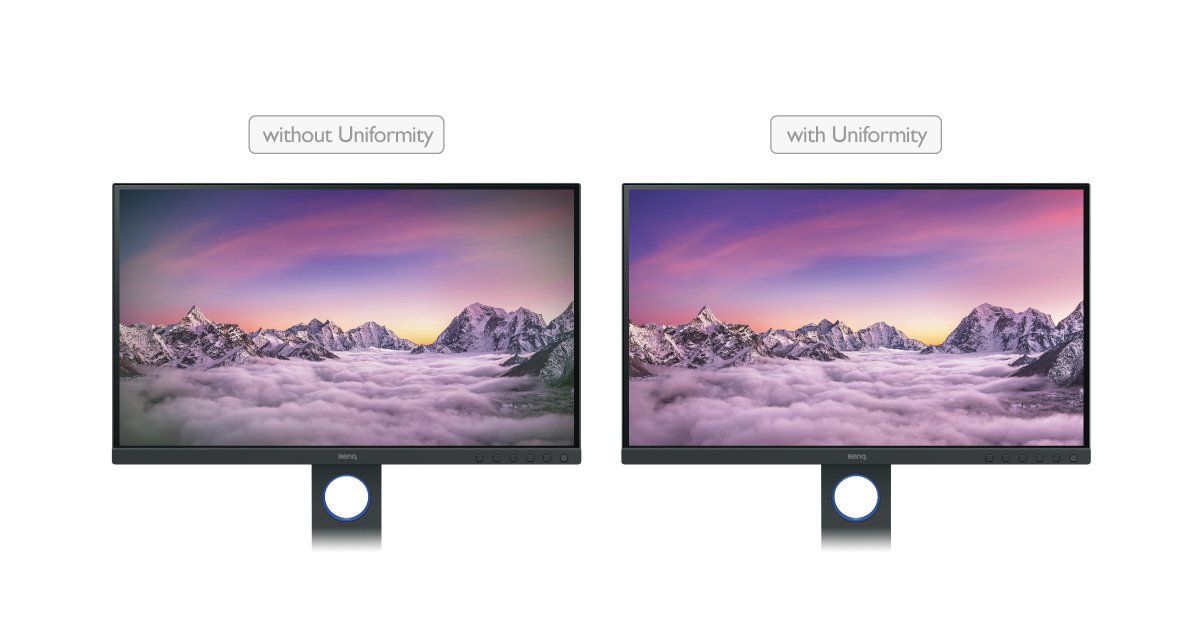
When a screen does not have good uniformity, color saturation and brightness will vary across the screen, which creates problems when reviewing and making adjustments based on the screen
When the screen does not have good uniformity at the photoshoot site or during post-production, the photographer may be unable to judge the results of retouching due to color inaccuracy in certain parts of the screen. This will severely affect the quality of photography.
Similarly, nonuniformity issues for designers can hamper the design and review processes, caused by brightness or color differences at different parts of the screen. Potential misjudgment in design can cause the final output to differ from what’s presented, severely affecting the quality of a design.
The reason why nonuniformity occurs on a screen is the unevenness of certain physical elements in the panel, which cause brightness or color inconsistencies at different parts of the panel. These include unevenness of the backlight or the unevenness of the light guide module. When this happens, manufacturers can compensate for the unevenness to improve uniformity of the screen. If the screen brightness or color saturation is not uniform, it can be calibrated to adjust and correct screen uniformity. There are two aspects to consider:
If screen brightness is inconsistent, the calibration process should focus on compensating the non-matching part of the panel to match brightness with the rest of the panel. Once this process is complete, the whole screen should have uniform brightness and visual balance.
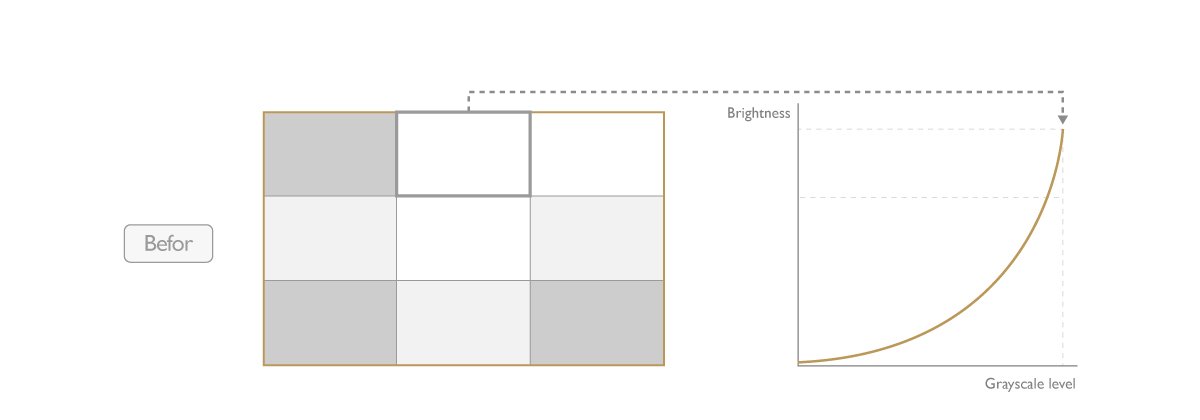
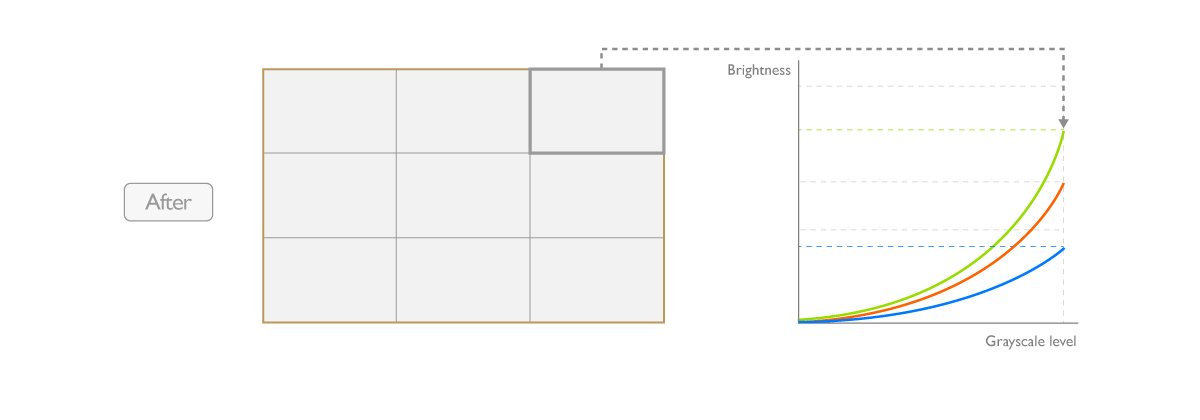
Uniform brightness alone cannot guarantee color uniformity across the screen. A color calibration process is required where the calibrator compensates the RGB balance of the nonuniform area to match the RGB balance of the center of the panel. Once this process is done, the saturation of the whole screen will be more uniform.
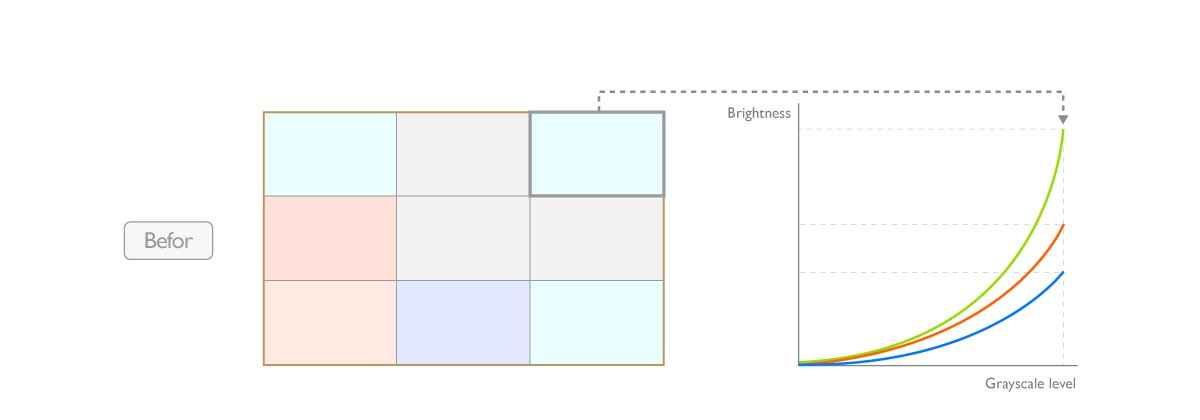

High-end professional monitors are typically equipped with nonuniformity compensation functions to ensure every single pixel of the screen is balanced and showing accurate color to serve as an ideal color management monitor

In short, a screen with poor uniformity will create significant challenges and problems for photographers and designers at work, causing misjudgment of images, difficulty matching images, as well as bias while editing and reviewing the work. On the other hand, a monitor with good uniformity helps achieve the goal of what you see is what you get. It can also reduce the risk of biased color rendition and maintain the accuracy of displayed images. Good screen uniformity saves time and effectively enhances the user’s competitiveness by presenting the image as the creator intended.
Thanks for your feedback!